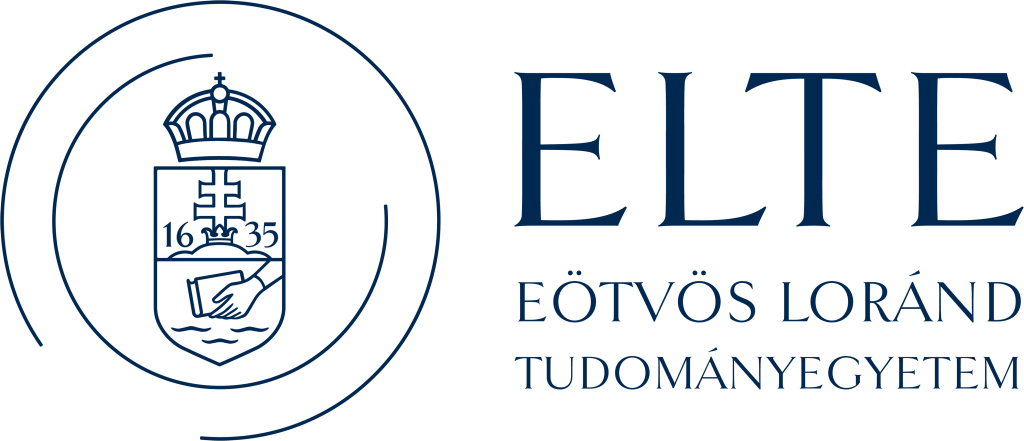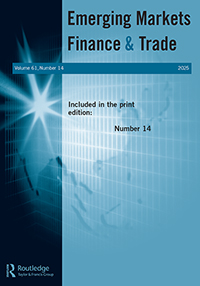Was There a Fiscal Free Lunch in Hungary
Between 1999 and 2019?
Miklós Váry
Emerging Markets Finance and Trade – Published online: 24 Sep 2025
Abstract
This article investigates whether there were periods between 1999 and 2019 in Hungary when government spending was self-financing, i.e. when there was a fiscal free lunch. Self-financing means that government spending, initially financed by issuing bonds, does not lead to a rise in the debt-to-GDP ratio due to budget balance improvements resulted in by stimulated economic activity. Some macroeconomists think that government spending was self-financing in the United States (US) during the Global Financial Crisis (GFC) due to
1) strong fiscal multipliers,
2) strong hysteresis effects, and
3) low interest rates.
This article estimates the parameters of a simple model of debt dynamics on Hungarian data to study whether a fiscal free lunch can also exist in an emerging small open economy, in which fiscal multipliers are usually weaker, and where interest rates rose during the GFC. It is found that government spending was not self-financing before the GFC, but was self-financing during the recession. However, the latter finding is less robust than that for the US. Uncertainty about the government spending multiplier is the reason behind the inconclusive result. After the GFC, government spending was not self-financing in the short run, but was expected to become self-financing in the long run.
Keywords: Fiscal free lunch, fiscal policy, government spending multiplier, hysteresis, Hungary
JEL: E12, E32, E62, H63, N14



